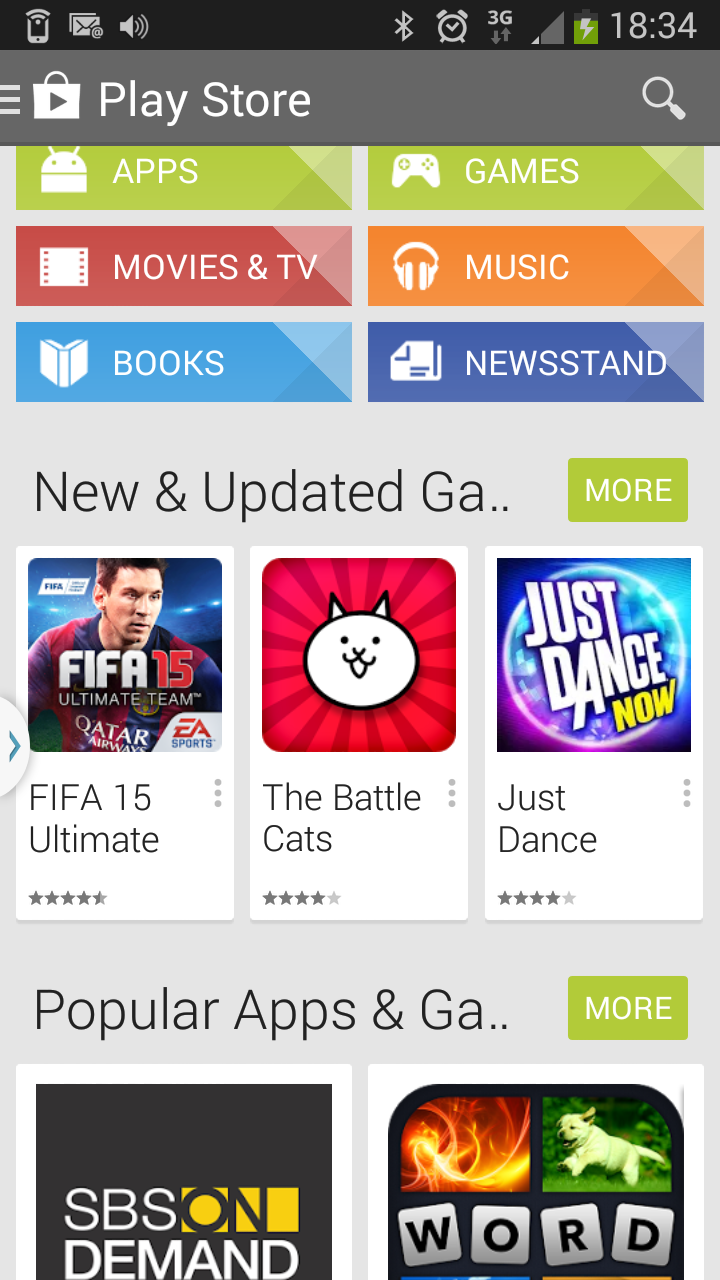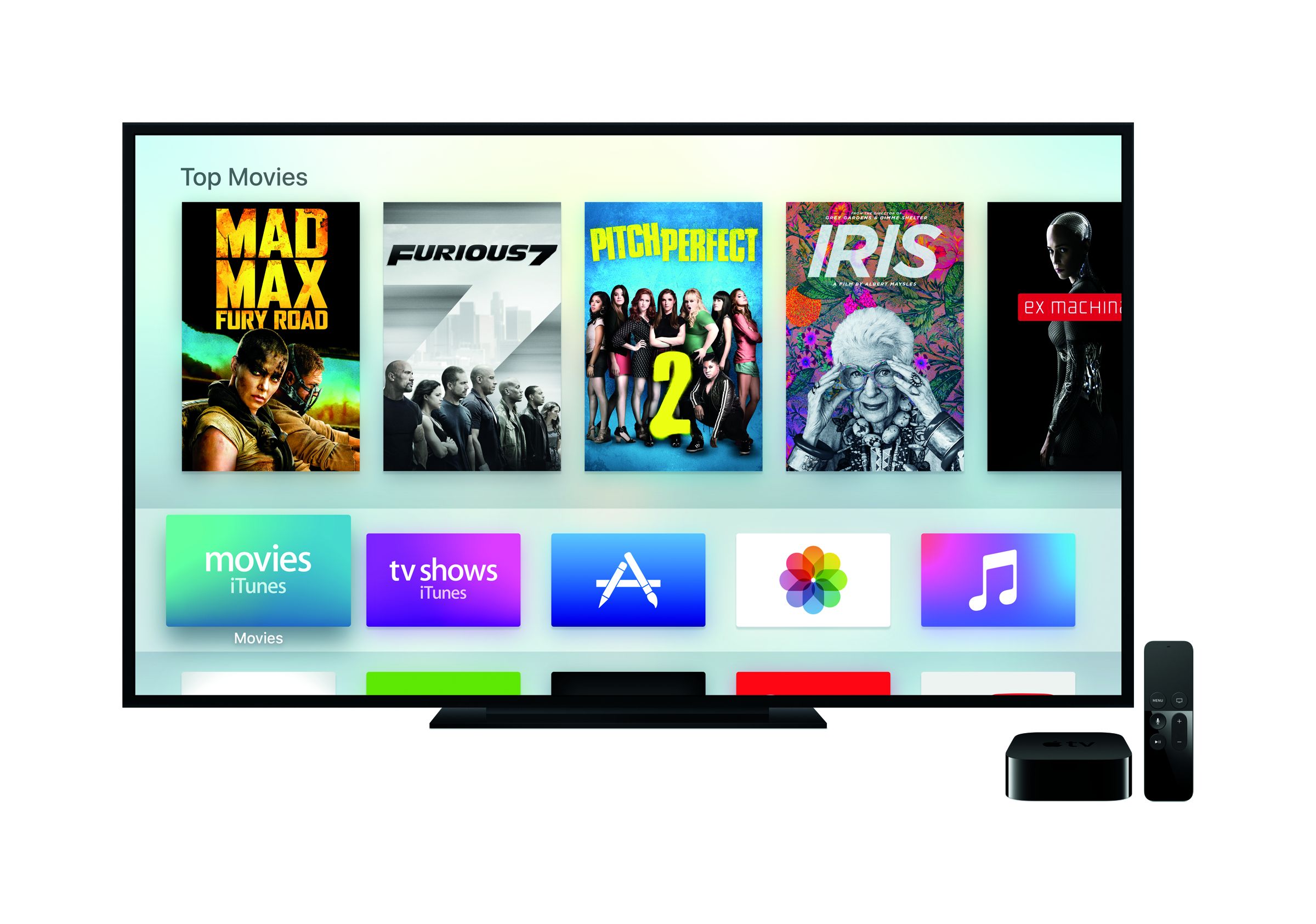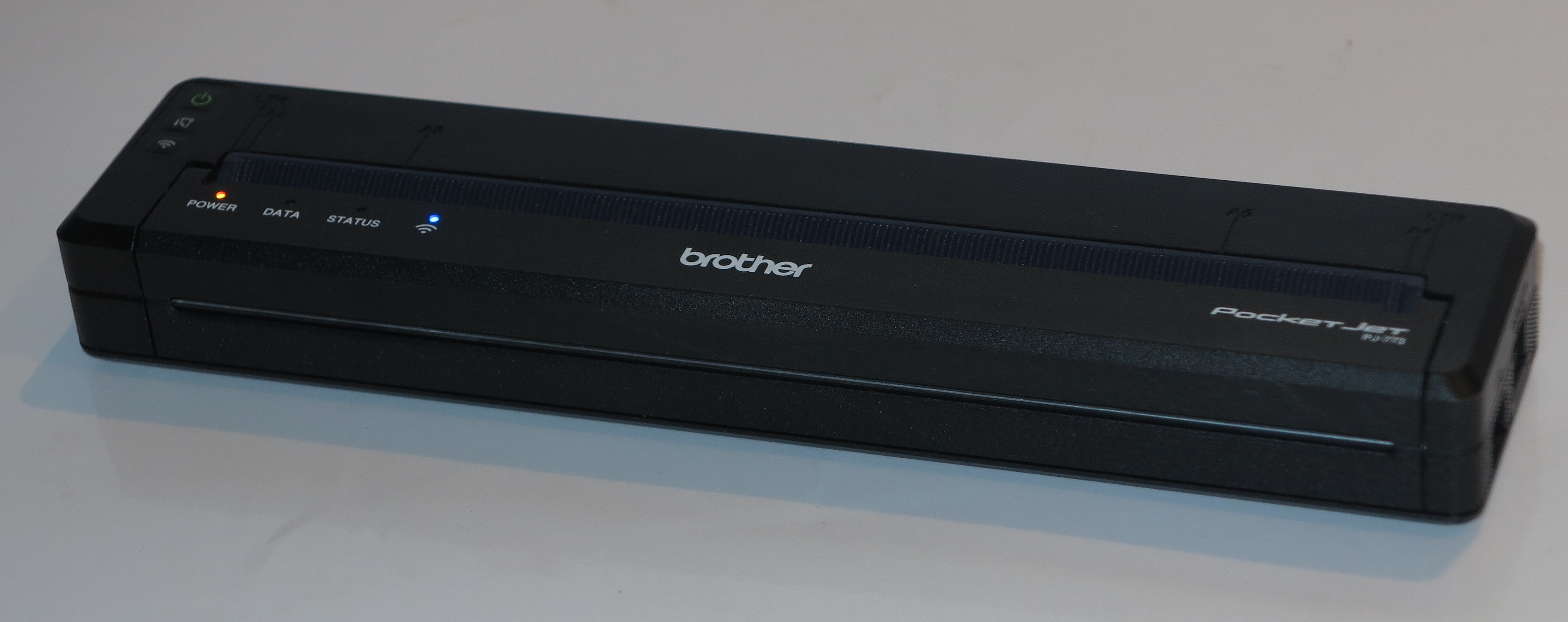Lately, Apple pulled the pin from Google’s YouTube app by not including it with the iOS 6 distribution. As well, they worked on their own maps platform for this same distribution rather than continue to use Google’s mapping platform. In some cases, there have been functionality or security weaknesses in the Android or iOS operating platform which require Apple or Google to furnish a new “point-level” distribution of the operating system. This also applies if they want to roll up the operating platform to a new requirement.
These updates typically require the host device to be restarted as part of the update process. As well, the process of downloading the complete package to fix a problem could place the device at risk of being put out of action if the connection failed. In some cases, the mobile operating-platform vendor puts off rolling out a needed patch until they have to add extra key functionality that makes it worth the while to deliver a major update.
Compare this to how an app for these platforms is kept up to date. Once you download the app from your operating platform’s app store, it is always checked for the latest version updates. Once there is a new version of the app available, the software is placed on the “Updates” list so you can start a bulk update or, depending on the platform and app store, you could set up an automatic app update so that the software is updated in the background.
Personally, I would like to see baseline functions for mobile computing devices made available as separately-updatable apps. This practice, of what Google has done with keeping YouTube and Google Maps up to date on Android, allows the functions like music / media players, email / messaging apps and the like to be kept up to date in a similar manner to the app you download from the platform’s app store.
Here, the platform developer could keep a mapping program up to date and behaving properly or add functionality to and improve the quality of the music player without having to wait for the next operating-system update. The user then experiences the mapping program, music player up to date to new requirements and working properly by just simply calling in to the app store and checking the update panel.
For the developer, they can have teams working on maintaining these apps and rolling out the updates as they are signed off and ready while another team can hone the baseline operating system through its lifecycle. In some cases, it could allow the developer to do things like prepare peripheral-interface code for new peripheral-device types and have that delivered as needed to the devices.
In this case, if Apple used this practice for keeping their Maps function up to date, they can be sure that their fanbois can update the function without having to download a “point” version of iOS 6 to their devices. Similarly, Google could “fix up” Android function apps that are misbehaving frequently and allow their users to see a stable Android device.



